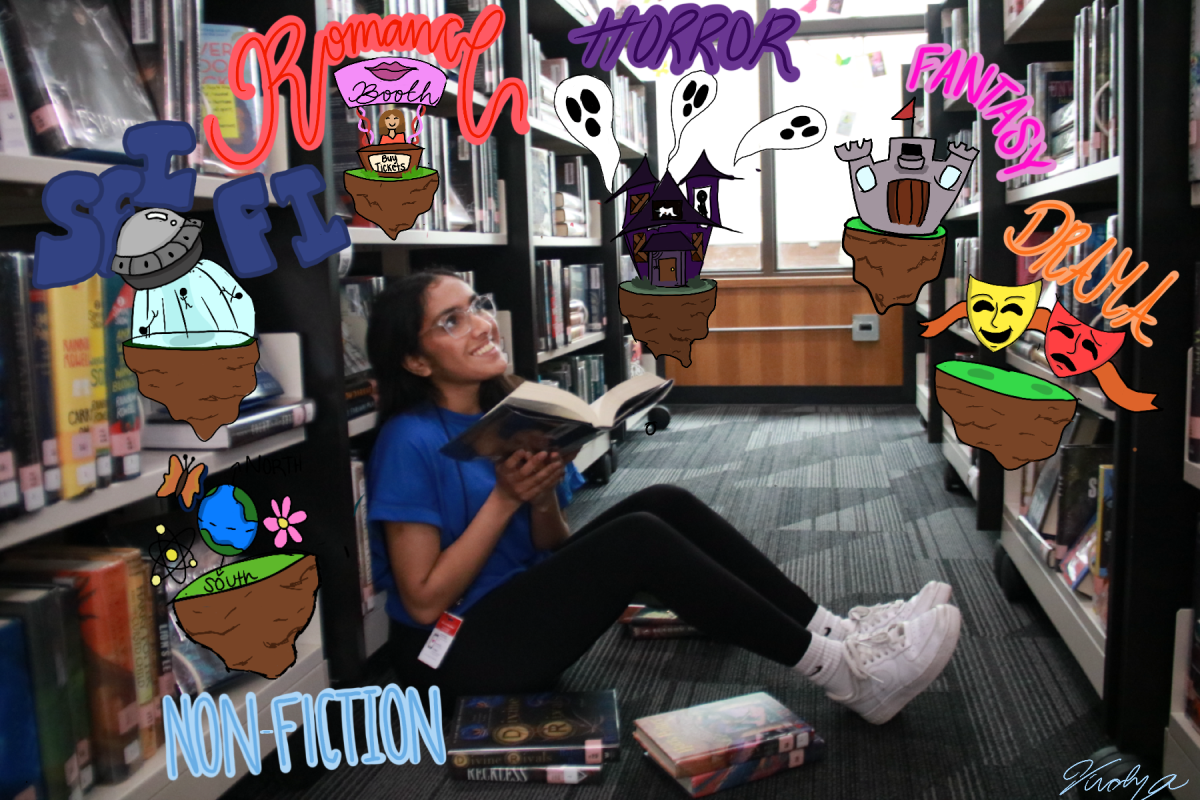Chris Cummins
Staff Writer
Definitions are a tricky thing. They are both a precise indictment of a word, and yet, due to the opinions that arise in whoever reads it, are infinitely open to interpretation. The posing of a definition engenders a question in whoever reads it, and invites refinement.
This verbal fine-tuning either manifests itself in the form of increased latitude given to it’s encirclement of someone or something, or a tightened definition, leaned and refined by the careful inclusion of necessary words.
In the same way, art finds itself susceptible to this sort of dilemma. Its parameters are continually defined and widened by the ebb and flow of various styles, and the dismissal of other movements deemed unworthy. Erstwhile critics, then as now, used their prestige and power to redefine what was considered good form, to continually delineate the boundaries of artistic expression, and direct the artist towards an artistic ideal.
Louis XIV, a monarch nicknamed the “Sun King” due to the power of his profligacy, even instituted an official governmental body, the Salon, to judge what was considered of merit, and what was not, due to the need to categorize art and organize it.
Art, to put it bluntly, has been a history of rejection, which makes the recent attempt to define any sort of craftwork as worthy of artistic consideration, including video games, all the more ironic, no matter how pixilated nor inspiring they may be.
Art is what makes us less human, and what takes from us the tenuous control we have over our surroundings, and replace it with something creative, that are not normally there. The arts are dependent upon man, however flawed he may be, and his reaction, his thoughts and feeling when presented with a canvas laden and lightened with the musings of a creative mind, are the only thing that matter.
That spark of human ingenuity, no matter how cleverly implemented in a virtual world, cannot be enjoyed at leisure by the twitching that accompanies any sort of video game. Any sort of competent video game designer designs their game so that there is no pause between the action on screen, and a resulting twitch from the gamer. The gamer is forever trapped, albeit happily, within his screen, subject to the whims of sterile algorithms and manipulative designers. In video gaming, there exists a sort of paradox, one that forever precludes them from being deemed a medium.
Essentially, the player is god, sometimes literally and figuratively. The power to create and destroy lies at their fingertips, and yet their eyes, forever moving within the pixilation given to them, must swivel only between the two poles given to them by the game’s creator. They are both a happy prisoner, and a contented jailer.
Art, true art, is something much simpler. A painting, a sculpture, they all require of us to relinquish the tiny measure of control we hold over our surroundings, in order to be replaced by something better. They require of us something inhuman, something that we do not easily attempt in a world awash in constant friction and industrial attractions, and give us the chance to simply wait, as we almost never do, for something better and more real.
Video games give us neither, to be honest. Rather, it drops absolute control into our laps, without a requirement, and no matter how neither stylish nor good a tale they spin, they are subject to the whims and capriciousness of the player. Their emotion or artistry is mass manufactured, an emotional product in which one size fits all.
Instead, by contrast, sculptures and painting are birthed because the artist feels as if he must create it. Both are wholly connected to the other, and the artist is bound by a thread which forces him to sculpt his creation to no other specification than to his own. Because of this, paradoxically enough , every reaction felt by those who view it are unique as well.
A game is not subject to such intangible margins; such a thing is trying to appeal to the most broad an audience as possible, and their creators, no matter how passionately they feel about a product, are crafting to appeal to a powerful and immensely broad audience. Art is crafted to do nothing more than exposit on some nature of humanity, to toss a question into that great void, and hope for an answer.
Art, as Oscar Wilde once put it, is “the unique result of a unique temperament.” In the age of mass individuality, art is what makes us remember both our collective humanity, and the small, subtle differences that make us people, something a video game, wrapped in cellophane and dropped into the hands of a thousand similar persons can never achieve.
Click here to see Ashleigh Heaton’s opposite viewpoint.








